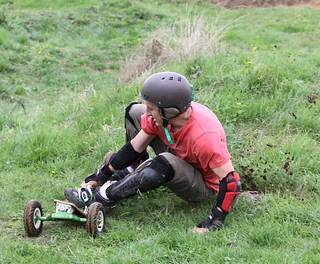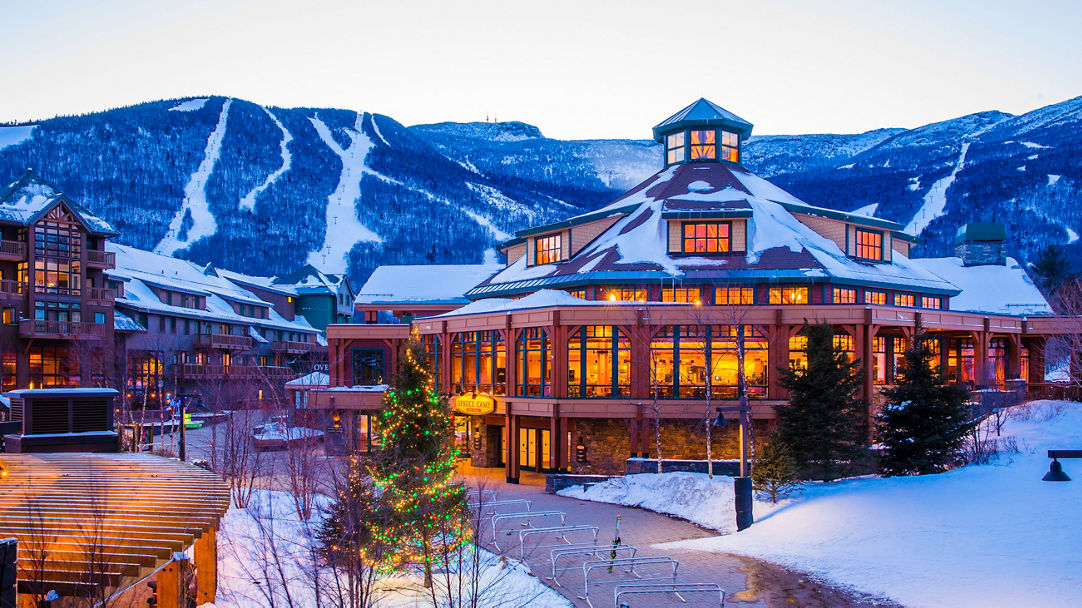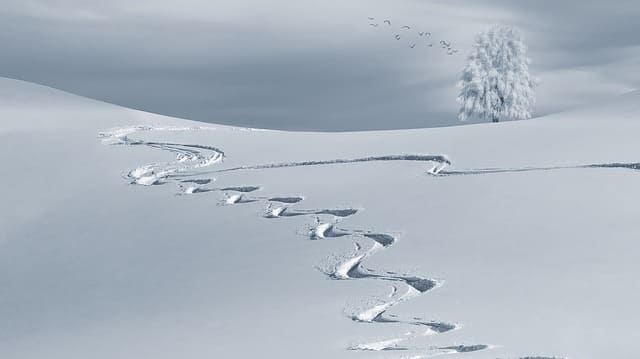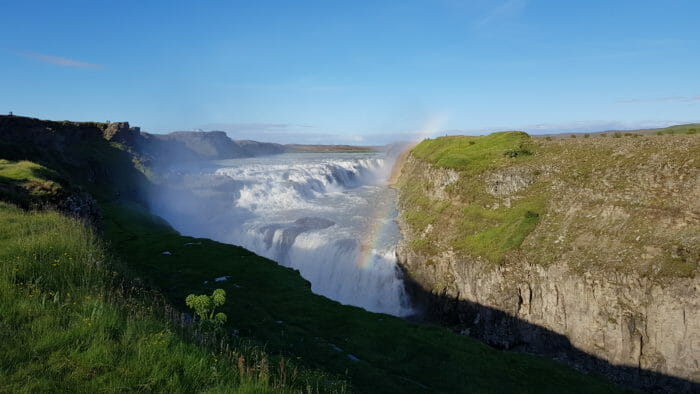Table of Contents
Ah, the great outdoors! The allure of fresh air, majestic mountains, and pristine lakes is hard to resist. For those with a deep love for hiking and camping, national parks are the ultimate destination. In this article, we take you through the top 10 national parks for hiking and camping in the United States. Get your backpack ready!
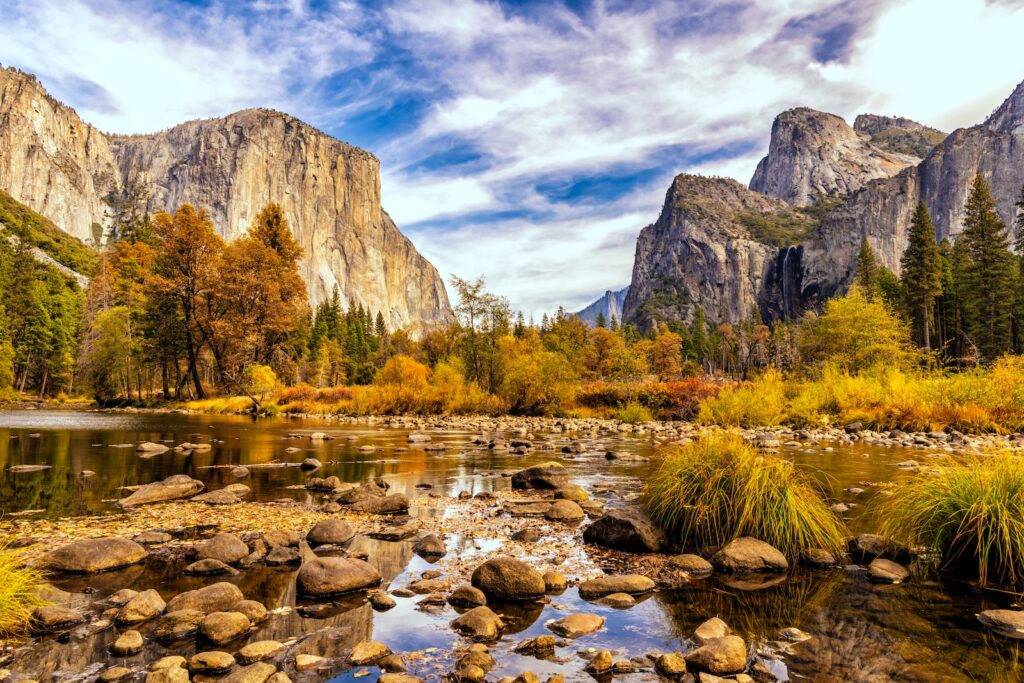
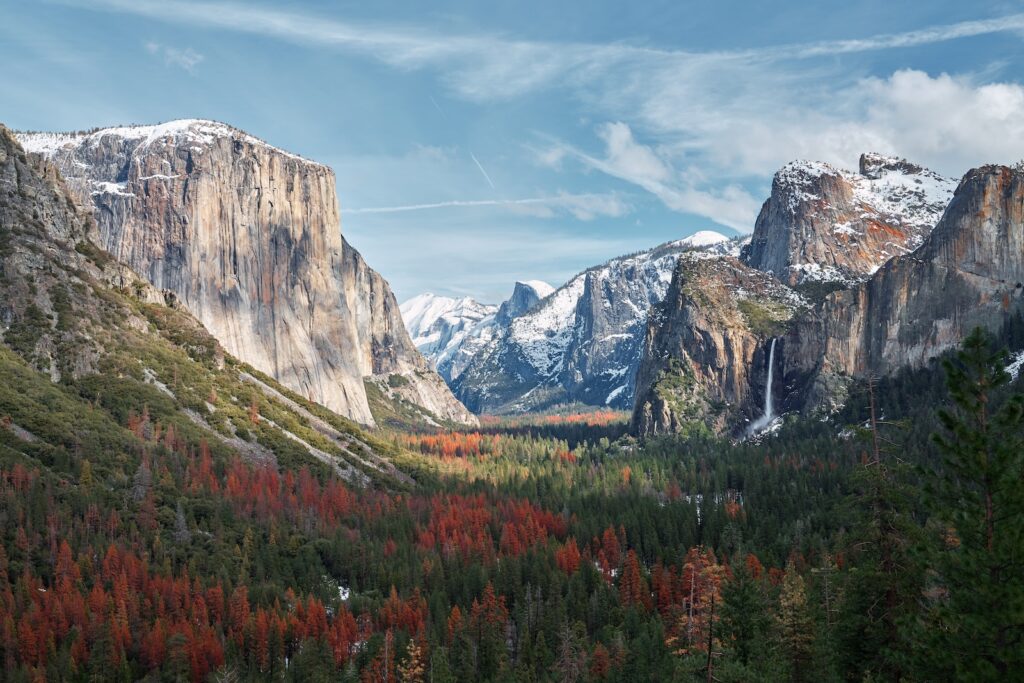
Yosemite National Park, California: The Crown Jewel
Tucked away amidst California’s Sierra Nevada Mountains, Yosemite National Park is an emblem of unspoiled natural splendor. Covering an expanse of more than 1,200 square miles, this park is a sanctuary where granite giants touch the sky, waterfalls cascade with might, and meadows blossom with nature’s bounty. With over 800 miles of trails to explore, it’s a veritable wonderland for hikers and adventurers.
Among the many trails, the Mist Trail is a standout and is often dubbed as the signature hike of Yosemite. This moderately strenuous hike takes you on a journey through lush forests, beside roaring waterfalls, and atop granite staircases. As you ascend, the mist from Vernal and Nevada Falls will refresh and invigorate you. The sight of the falls thundering down the cliffs is something to behold. For those willing to extend their hike, the trail continues to the Half Dome, one of the park’s most iconic formations.
For an experience that’s more off the beaten path, the Yosemite Falls Trail is a challenging but rewarding option. The trail zigzags through pine forests and rocky terrains, ultimately taking you to the summit of Yosemite Falls, the tallest waterfall in North America. The view from the top, overlooking Yosemite Valley and the surrounding peaks, is a panorama of awe-inspiring grandeur.
Camping in Yosemite is an experience that brings you closer to the heart of the wilderness. Among the 13 campgrounds, Upper Pines Campground holds a special place in the hearts of many. Strategically situated in Yosemite Valley, it offers easy access to some of the park’s most famed landmarks including Half Dome and El Capitan. The sounds of the nearby Merced River lull you to sleep as you camp beneath a canopy of stars.
Another enchanting camping spot is Wawona Campground, located near the park’s south entrance. This campground is enveloped by a peaceful forest setting and is close to the Mariposa Grove of Giant Sequoias. Here, you can wake up to the chirping of birds and spend your day exploring the grove where ancient trees stand as sentinels of time.
Yosemite National Park is a tapestry of natural wonders, and its trails and campgrounds are gateways to an immersive experience. From the vibrant spray of the Mist Trail’s waterfalls to the commanding heights of Yosemite Falls, and from the prime location of Upper Pines Campground to the serene embrace of Wawona Campground, Yosemite is a realm where every path leads to discovery and every night spent under the stars is a memory etched into the soul.
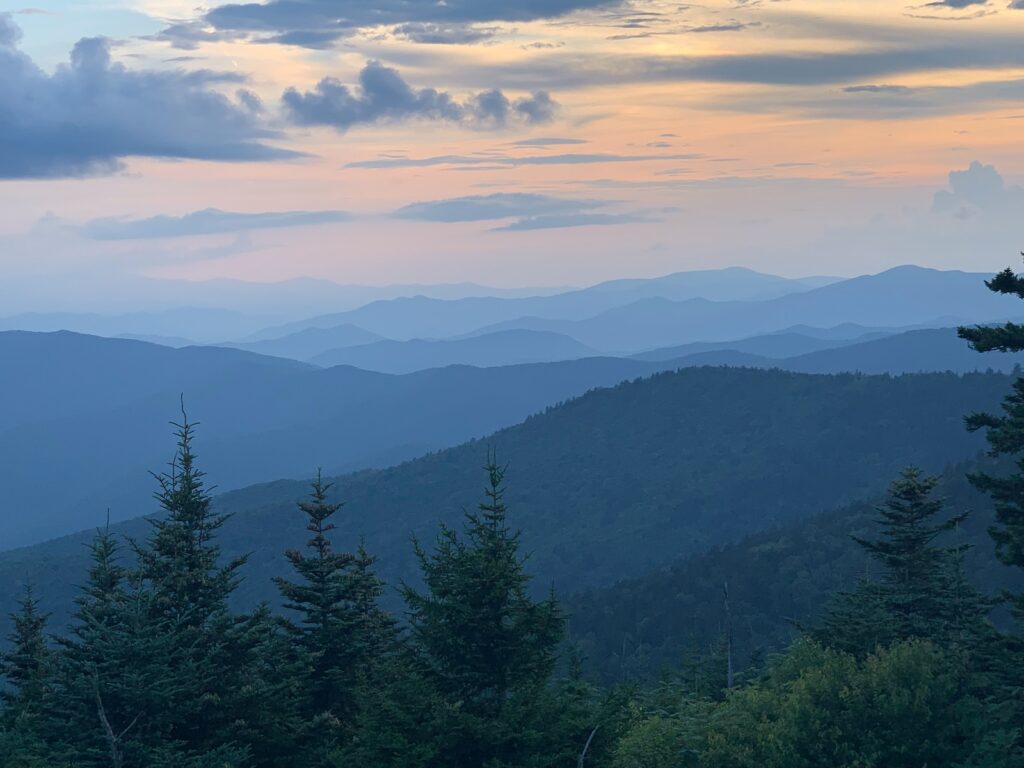
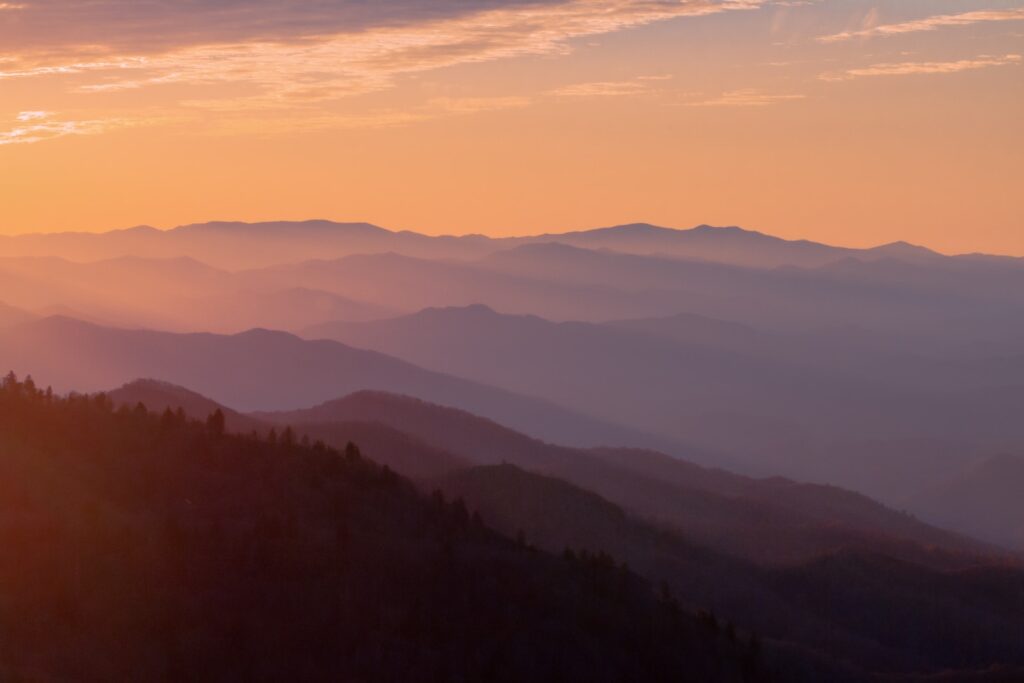
Great Smoky Mountains National Park, North Carolina and Tennessee: A Hiker’s Haven
Situated amidst the majestic Rockies, Rocky Mountain National Park in Colorado is a treasure trove of natural beauty spanning 415 square miles. The park is a mosaic of lush meadows, shimmering alpine lakes, and towering peaks that leave visitors spellbound. A haven for outdoor enthusiasts, the park offers an eclectic mix of trails catering to all levels of hikers.
One of the most beloved trails in Rocky Mountain National Park is the Emerald Lake Trail. This relatively short hike, measuring just under 4 miles round-trip, is perfect for those who want to experience the park’s quintessential beauty without undertaking a strenuous trek. The trail meanders through pine forests, past pristine lakes, and ends at the stunning Emerald Lake, which is cradled by jagged peaks. The reflections of the surrounding mountains on the lake’s surface create a mesmerizing tableau.
For the more intrepid hikers, the Longs Peak Trail is a rite of passage. Longs Peak is one of Colorado’s most famous “fourteeners” (mountains over 14,000 feet), and reaching its summit is no easy feat. The trail is approximately 15 miles round-trip and is known for its steep, rocky terrain. However, the sense of accomplishment and the panoramic views from the summit make the effort worthwhile. The trail takes you through various ecosystems, from subalpine forests to the stark alpine tundra, and offers breathtaking vistas at every turn.
Rocky Mountain National Park is not just a hiker’s paradise; it’s also an ideal destination for camping under the stars surrounded by the Rockies. The park boasts five campgrounds with over 500 campsites. Moraine Park Campground is particularly popular among visitors. Nestled in a sprawling meadow surrounded by mountains, it not only offers incredible views but also provides easy access to a plethora of trails. Waking up to the sight of elk grazing in the meadow is not uncommon here.
Glacier Basin Campground is another fantastic choice for campers. Located amidst a fragrant pine forest, this campground has a more secluded feel. The sweeping mountain vistas and proximity to both the Sprague Lake and Glacier Basin trails make it a favorite among nature lovers.
Rocky Mountain National Park, Colorado: A High Altitude Adventure
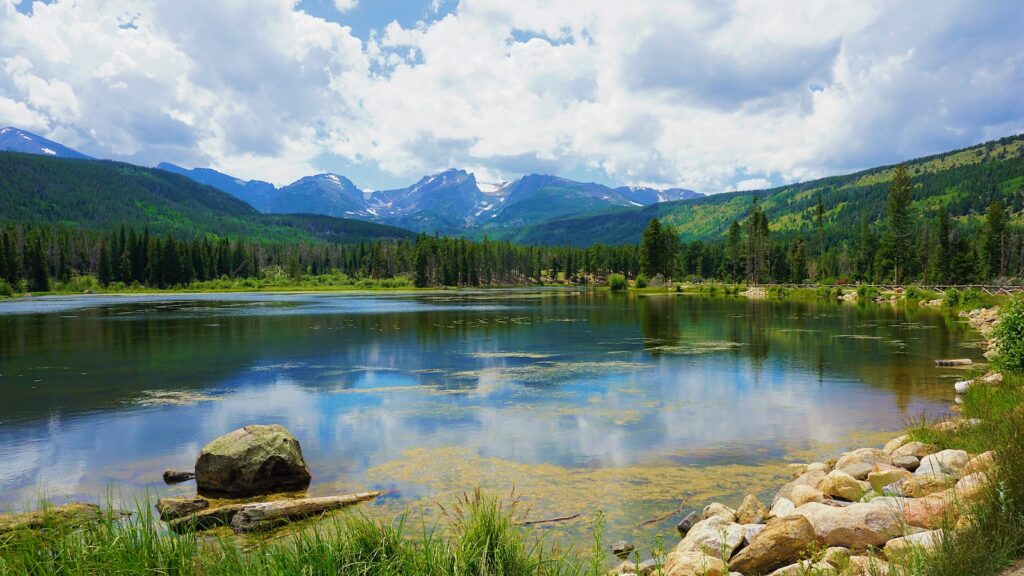
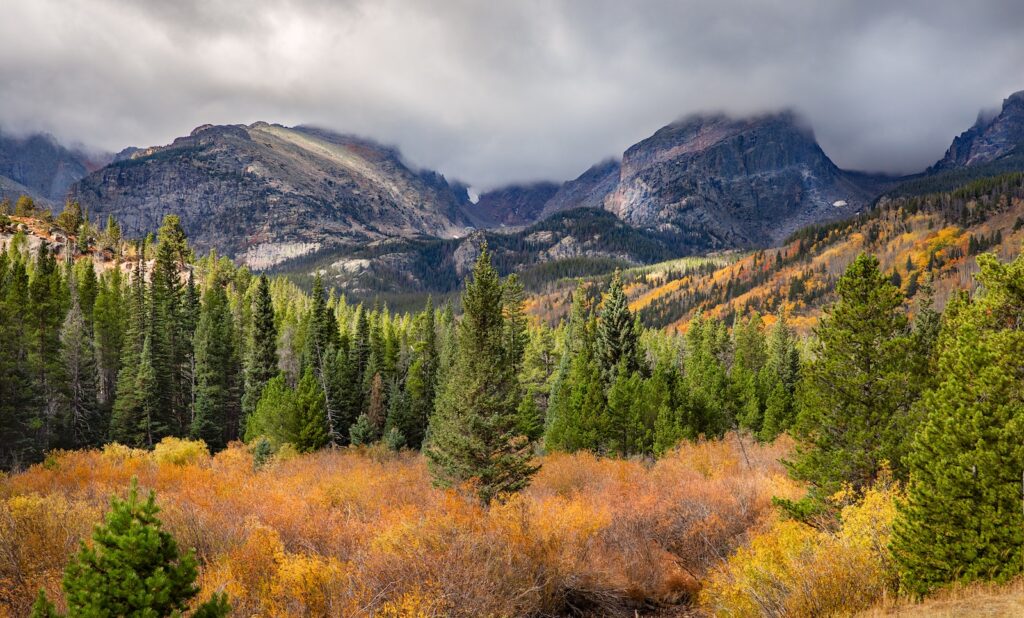
Rocky Mountain National Park, nestled in the breathtaking landscapes of Colorado, is a vast wilderness that spans an impressive 415 square miles. It is a haven for outdoor enthusiasts, offering a myriad of hiking options that cater to all skill levels. From leisurely strolls around glistening alpine lakes to exhilarating summit hikes, this park truly has something for everyone seeking adventure amidst majestic mountains.
One of the most beloved trails in Rocky Mountain National Park is the Emerald Lake Trail. This 3.6-mile round trip hike takes you through dense forests, past cascading waterfalls, and finally rewards you with stunning views of Emerald Lake. The emerald-green waters, surrounded by towering peaks, create a scene straight out of a postcard. It’s a relatively short hike, making it accessible to hikers of various fitness levels.
For those seeking a more rigorous and challenging trek, the Longs Peak Trail awaits. Towering at an elevation of 14,259 feet, Longs Peak is one of Colorado’s most iconic and formidable peaks. The Longs Peak Trail is a demanding 15-mile round trip that requires endurance, experience, and proper planning. This trail leads intrepid hikers through rugged alpine terrain, past pristine alpine lakes, and eventually to the summit, offering breathtaking panoramic views of the surrounding Rockies.
When it comes to camping, Rocky Mountain National Park provides an array of options that allow visitors to fully immerse themselves in the natural splendor of the park. One popular choice is the Moraine Park Campground, which is known for its picturesque views and convenient access to numerous hiking trails. Set amidst lush meadows with the magnificent backdrop of the Rocky Mountains, this campground offers 244 sites and provides a true wilderness camping experience.
Another favored option is the Glacier Basin Campground, nestled in a serene pine forest with sweeping vistas of the surrounding peaks. With 150 sites available, this campground offers a tranquil retreat where campers can enjoy the beauty of nature while being surrounded by towering trees and the soothing sounds of nature.
Grand Canyon National Park, Arizona: Majestic and Timeless
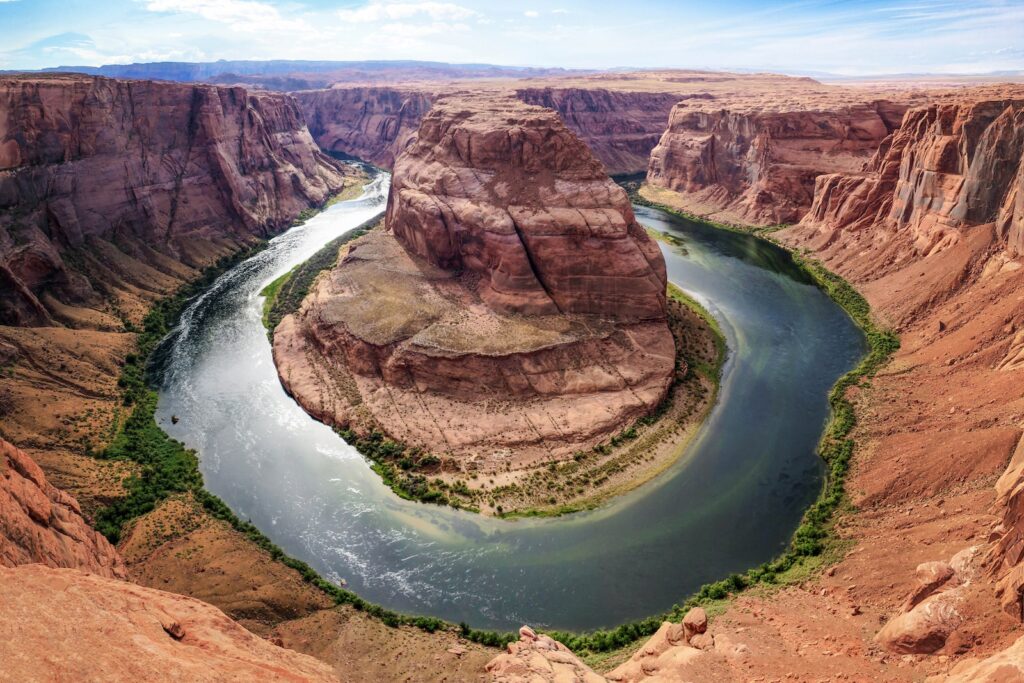
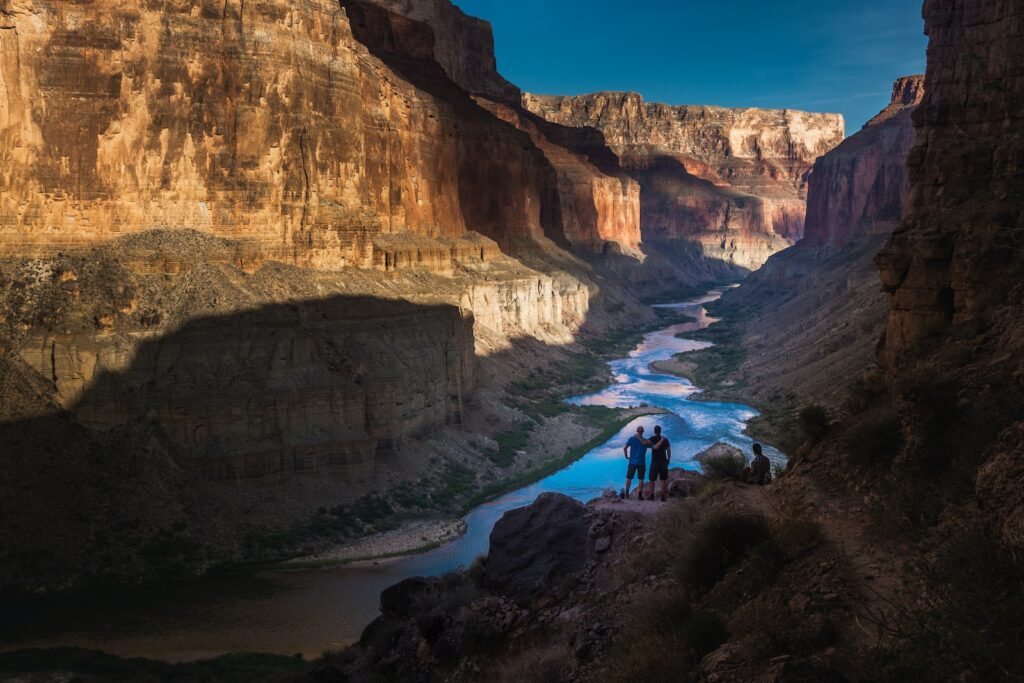
Grand Canyon National Park, located in Arizona, is a world-renowned natural wonder that captivates the hearts and minds of visitors with its colossal size, intricate geology, and breathtaking vistas. The Grand Canyon, with its awe-inspiring depths, rich hues, and dramatic landscapes, is a testament to the raw power of nature.
One of the standout trails in the Grand Canyon is the South Kaibab Trail. This trail is a favorite among hikers for its stunning views and steep descent into the canyon. The trailhead begins at the South Rim and descends rapidly, offering unobstructed views of the canyon. It’s approximately a 6-mile round trip to Skeleton Point, which is a popular turnaround point. Along the way, you will encounter Ooh Aah Point, which is famous for its panoramic views. However, hikers should be well-prepared with water and snacks, as this trail offers little shade and no water sources.
Another highly recommended hike is the Bright Angel Trail. It’s longer compared to the South Kaibab Trail but offers a more gradual descent. It’s about 12 miles round trip if you hike all the way to Plateau Point. This trail is known for its historical significance, shade shelters, and water stations, making it a more accommodating option for hikers. The trail provides spectacular views of the inner canyon, and it’s not uncommon to spot wildlife along the way.
When it comes to camping, the Mather Campground is a popular choice. Centrally located on the South Rim, it is situated near the Grand Canyon Village, providing easy access to amenities and the park’s shuttle system. It’s a perfect spot for families and first-time visitors.
For a more secluded experience, the North Rim Campground offers a peaceful retreat. Located over 200 miles away from the South Rim by car, this campground provides a completely different perspective of the Grand Canyon. It’s cooler, greener, and less crowded, making it an ideal spot for nature lovers seeking tranquility.
Additionally, there is the Desert View Campground, which is another option on the South Rim but located 25 miles to the east of Grand Canyon Village. It offers a more peaceful environment compared to Mather Campground and is close to the Desert View Watchtower, which is one of the best viewpoints in the park.
Zion National Park, Utah: Red Rocks and Stunning Views
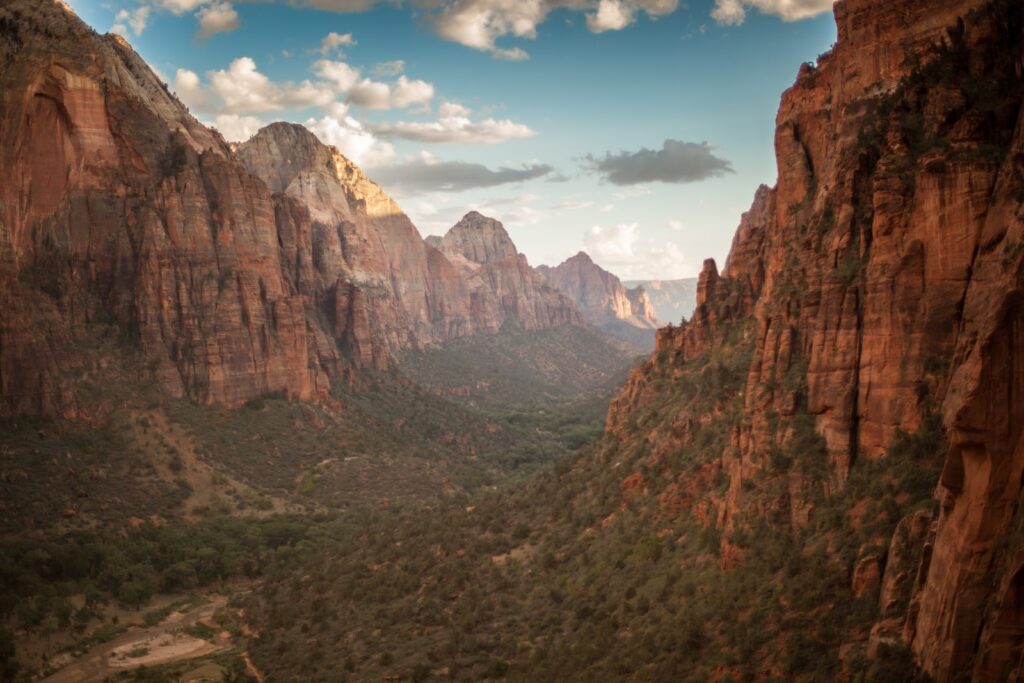
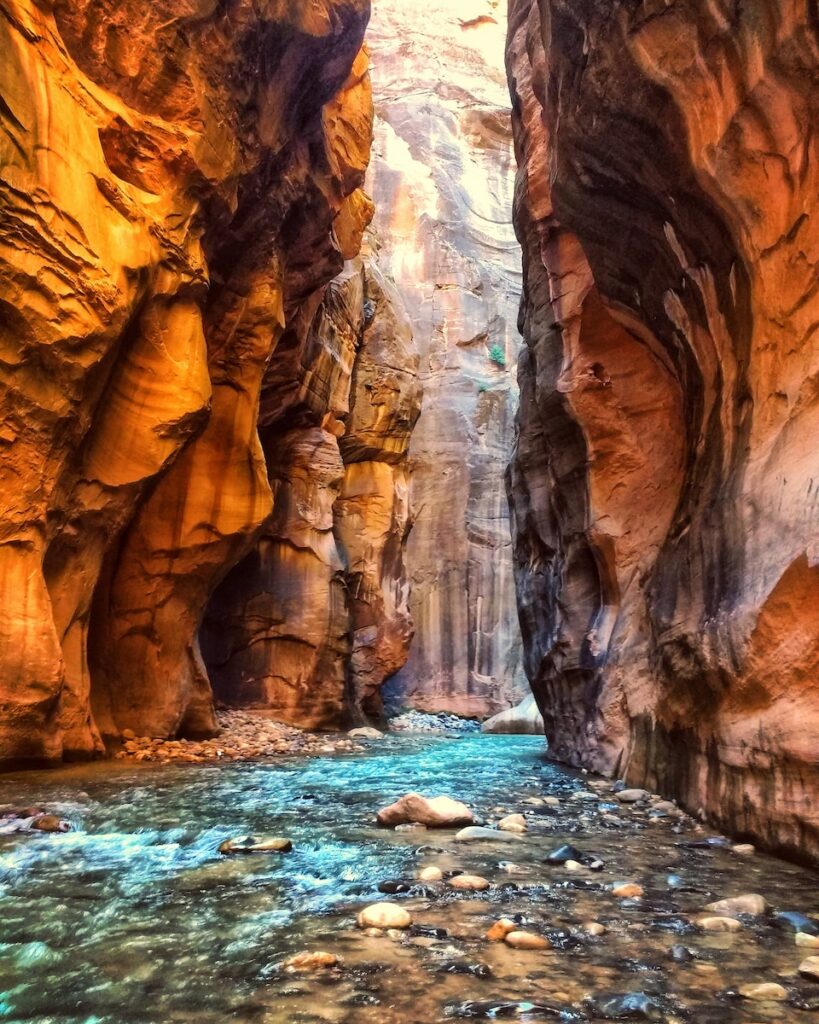
Zion National Park, situated in southwestern Utah, is an oasis of staggering sandstone cliffs painted in a palette of cream, pink, and red hues. The park’s landscape is an alluring blend of high plateaus, scenic canyons, and flowing rivers. The rich geology and diverse ecosystems make Zion National Park a haven for outdoor enthusiasts.
The Angel’s Landing Trail is perhaps the most iconic hike in Zion National Park. This 5.4-mile round trip trail is renowned for its thrilling climbs and awe-inspiring views. The last half-mile of the trail is especially exhilarating, as hikers navigate a narrow ridge with steep drop-offs on both sides. Chains are anchored in certain sections to assist hikers. Upon reaching Angel’s Landing, you are rewarded with a panoramic view of Zion Canyon that is simply breathtaking. This hike is challenging and requires a good level of fitness and a head for heights.
Another unmissable adventure is The Narrows, where hikers can wade through the cool waters of the Virgin River amidst the towering walls of Zion Canyon. This hike can be as short as a few hours or as long as 16 miles if you do the full top-down version. The towering sandstone walls that envelop you, the echoing sounds of the river, and the unique challenge of hiking mostly in water make The Narrows an unforgettable experience. It’s advisable to check the weather before embarking on this hike, as flash floods are a risk.
For those looking to immerse themselves in the park overnight, Zion offers three campgrounds: Watchman Campground, South Campground, and Lava Point Campground. Watchman Campground is one of the most popular due to its prime location near the visitor center and the Virgin River. It is also conveniently situated within walking distance to the park shuttle system, which takes visitors to many of the park’s main attractions.
South Campground is another excellent option, located just half a mile from the park entrance. It boasts beautiful views of the Watchman rock formation and is also close to the shuttle stop. This campground is perfect for those who want to be close to the action.
For those seeking solitude, Lava Point Campground is a more remote option located about an hour’s drive from Zion Canyon. It’s smaller and provides a peaceful, rustic camping experience at a higher elevation.
Glacier National Park, Montana: The Hiker’s Dream
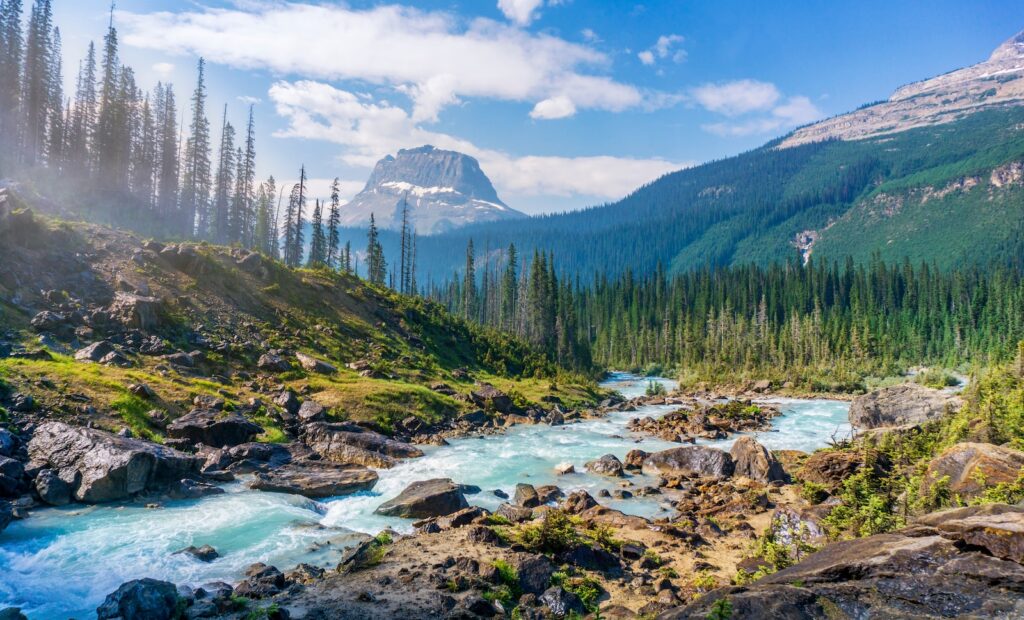
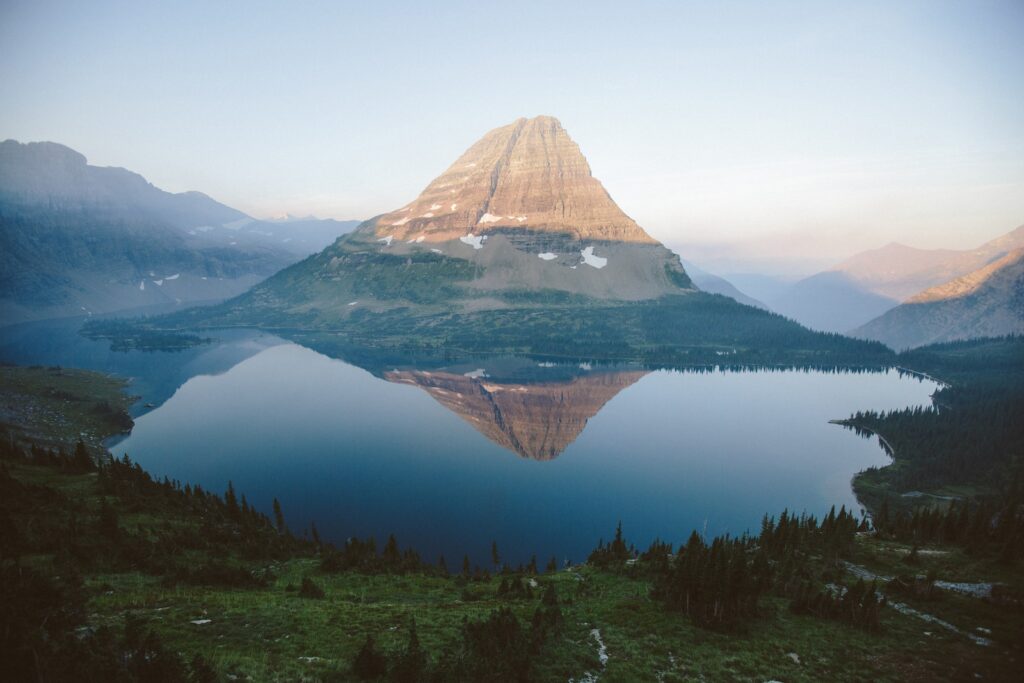
Glacier National Park, majestically located in Montana’s Rocky Mountains, is often hailed as the “Crown of the Continent.” This nickname fittingly reflects its royal stature in the realm of natural wonders. With crystalline lakes, jagged mountains, and over 700 miles of trails, Glacier National Park is a haven for adventure seekers and nature enthusiasts alike.
One of the most celebrated hikes in Glacier National Park is the Highline Trail. This trail is approximately 11.8 miles long and is known for its jaw-dropping views of the park’s rugged peaks, alpine meadows, and lush valleys. As you traverse along the Garden Wall, you’ll likely be greeted by an array of wildflowers and possibly some wildlife, including mountain goats and bighorn sheep. The trail is moderately challenging, and hikers should be prepared for some steep sections. The reward of panoramic vistas at the end is well worth the effort.
Another unmissable trail is the Grinnell Glacier Trail. This 10.6-mile round trip hike is one of the best ways to experience the park’s iconic glaciers. Along the way, you’ll encounter dazzling alpine lakes, waterfalls, and a plethora of flora and fauna. The trail culminates at the Upper Grinnell Lake, where you are face-to-face with the Grinnell Glacier and the stunning backdrop of the Continental Divide. The sight of the glacier, the turquoise waters, and the surrounding peaks is nothing short of breathtaking.
When it comes to camping, Many Glacier Campground is among the favorites. It is strategically located, giving campers easy access to many of the park’s most popular trails, including the Grinnell Glacier Trail. The campground is set against a dramatic backdrop of mountains, and the Swiftcurrent Motor Inn is nearby for those who want a hot meal.
For a quieter camping experience, the Two Medicine Campground is a gem. It’s situated in an area that was once the main destination for travelers arriving by train. Now, it’s a peaceful retreat with incredible scenery and access to excellent trails, including the Scenic Point Trail and the Two Medicine Lake Trail. This campground offers a more serene and less crowded atmosphere compared to Many Glacier, allowing for a more intimate connection with nature.
Olympic National Park, Washington: Where Ecosystems Collide
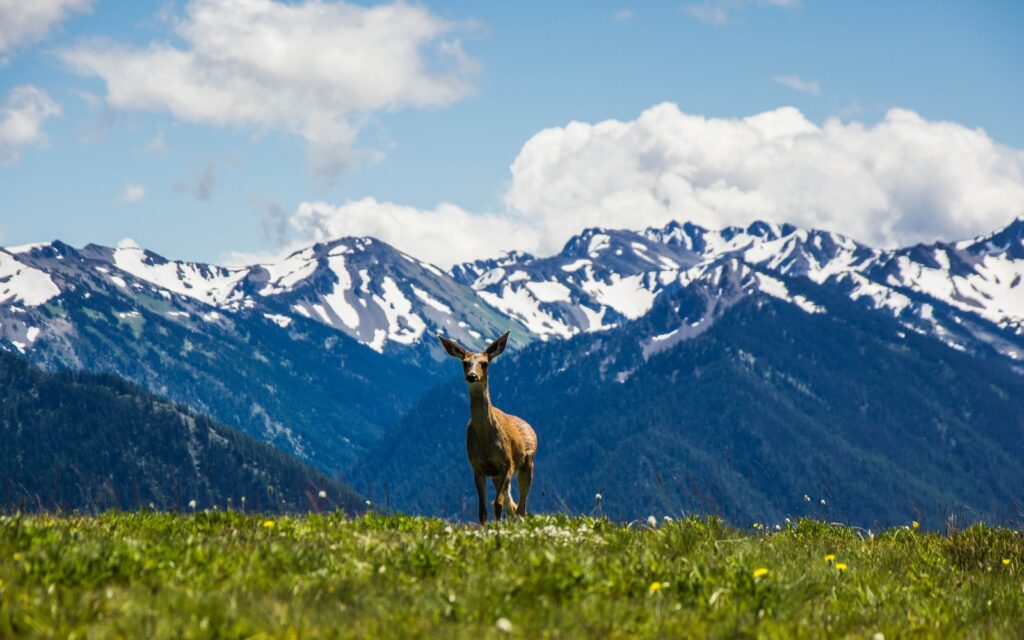
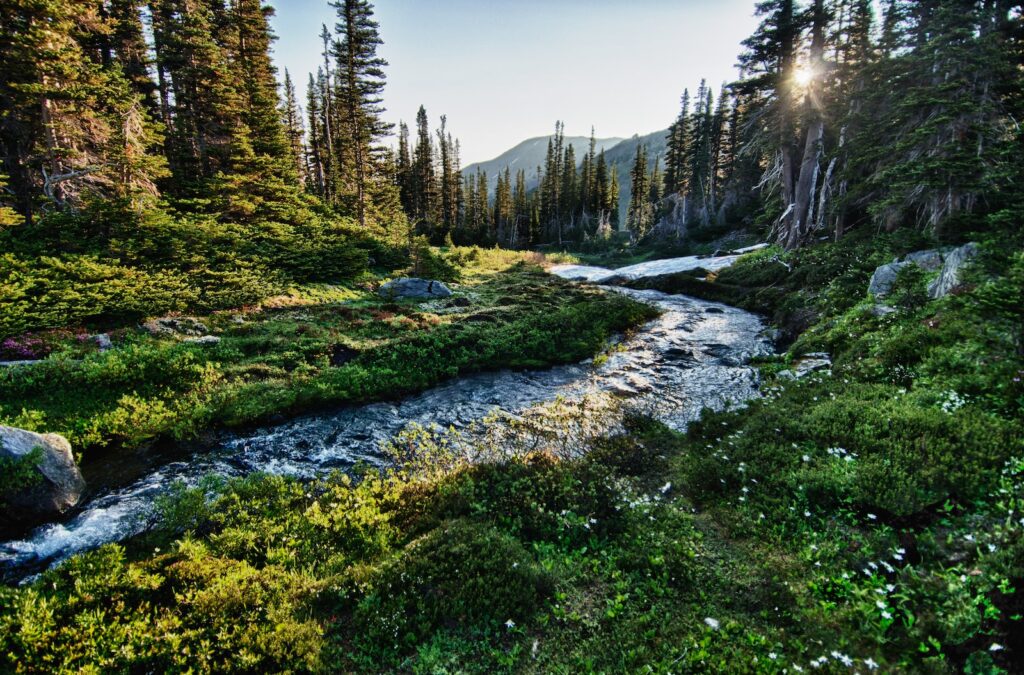
Olympic National Park, situated on the Olympic Peninsula in Washington State, is a majestic sanctuary that offers an extraordinary blend of ecosystems. From the lush, verdant rainforests and striking alpine meadows to the rugged, dramatic coastline, this park is a microcosm of the Pacific Northwest’s natural splendor.
One of the most enchanting experiences in Olympic National Park is hiking through the Hoh Rainforest via the Hoh River Trail. As you wander through this temperate rainforest, you will be surrounded by towering Sitka spruces and western hemlocks, some of which are centuries old. The dense foliage, draped in moss, and the gentle sound of the Hoh River accompanying your steps, create an almost surreal, fairy-tale ambiance. This trail is about 18 miles long if you go all the way to Glacier Meadows, but you can also do shorter hikes.
For those seeking the raw beauty of the Pacific coastline, the Ozette Loop Trail is a must. This 9.4-mile loop takes you through coastal forests and along a wild, rocky shoreline adorned with tidal pools and sea stacks. The trail includes boardwalks over delicate ecosystems and sandy beach stretches. Keep an eye out for marine life, as you might spot seals, sea lions, or even whales in the distance.
When it comes to camping, Olympic National Park offers a variety of options that cater to different preferences. Kalaloch Campground is an idyllic spot perched on a bluff overlooking the Pacific Ocean. With easy access to the beach, it’s an excellent location for beachcombing, tide pooling, and watching sunsets over the waves. There are 168 campsites, and reservations are recommended during the summer months.
Another great option is the Sol Duc Campground, located amidst a lush old-growth forest near the Sol Duc River. This campground is particularly famous for its proximity to the Sol Duc Hot Springs, which is a perfect place to relax and rejuvenate after a day of hiking. The nearby Sol Duc Falls is a breathtaking cascade that’s easily accessible via a short trail. There are 82 campsites available, and it’s wise to arrive early during peak season as they are first-come, first-served.
Canyonlands National Park, Utah: A Surreal Landscape
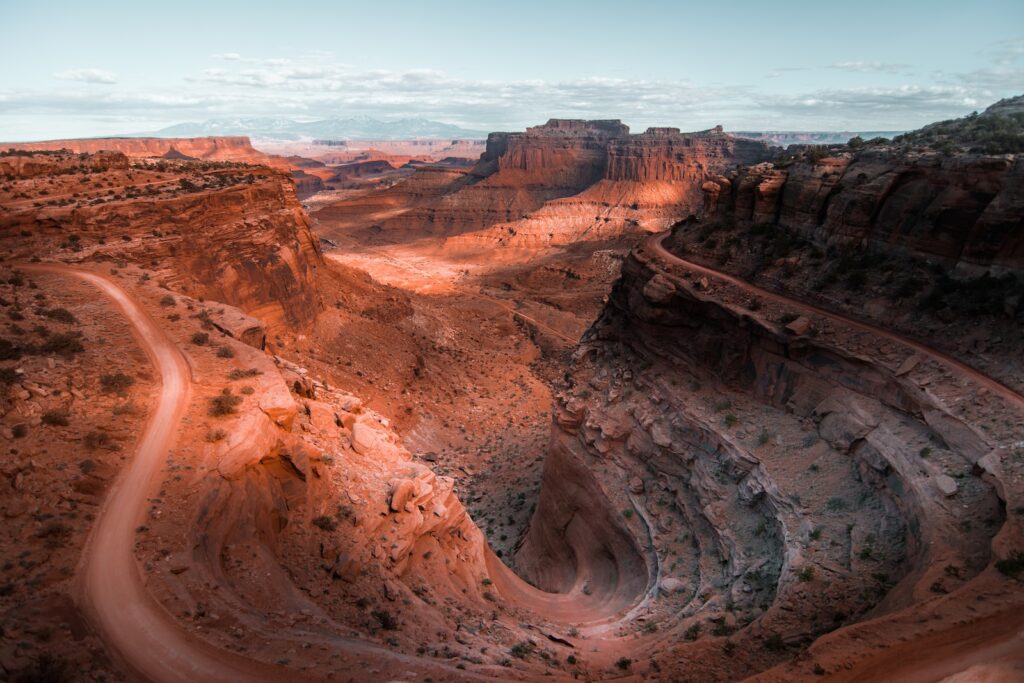
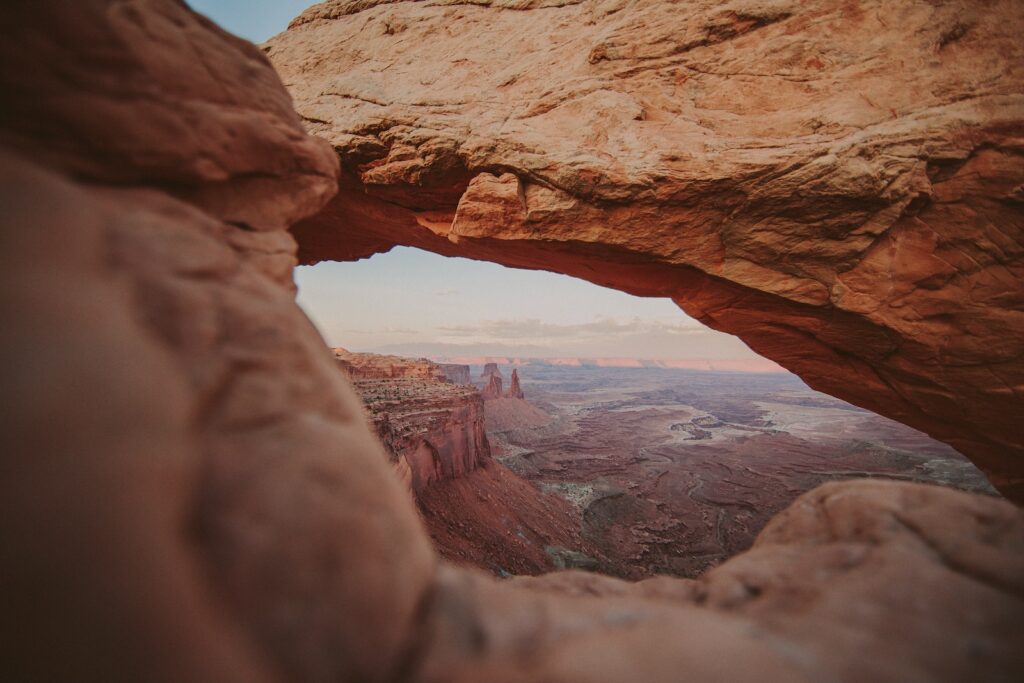
Canyonlands National Park, situated in southeastern Utah, is an otherworldly destination that showcases the incredible power of erosion. The park is a vast expanse, covering over 330,000 acres of dramatic desert landscape, including a labyrinth of canyons, mesas, arches, and spires carved over millions of years by the Colorado River and its tributaries.
One of the park’s main districts is Island in the Sky, which is a mesa that sits over 1,000 feet above the surrounding terrain, offering stunning panoramic views of the rugged landscape below. A popular hike in this area is the Upheaval Dome Trail, which is relatively short but moderately strenuous. This trail leads you to the edge of a massive crater, where you can marvel at the unique geological formations. The mystery of how the Upheaval Dome was formed adds an extra layer of intrigue to this hike.
For those looking for a more challenging adventure, the Needles district is the place to go. One of the highlights here is the Chesler Park Loop Trail, an 11-mile round-trip trail that takes you through an amazing landscape of towering rock spires called “needles”. The trail has some steep sections and requires basic scrambling, but your efforts are rewarded with incredible views and the feeling of being in a natural maze of red rock formations.
When it comes to camping, Canyonlands National Park provides options that allow you to immerse yourself in its splendor. The Willow Flat Campground, located in the Island in the Sky district, is small, with only 12 sites, but it offers one of the most incredible night sky experiences you can imagine. The remote location and absence of light pollution make it an astronomer’s dream. Bring a telescope or just lay under the stars; the celestial show is mesmerizing.
Another great option is the Needles Campground, which is located in the Needles district. This campground is closer to the intricate red rock formations and offers 26 individual sites and three group sites. It’s the perfect base camp for exploring the vast network of hiking trails that weave through the colorful landscape.
Sequoia National Park, California: Among Giants
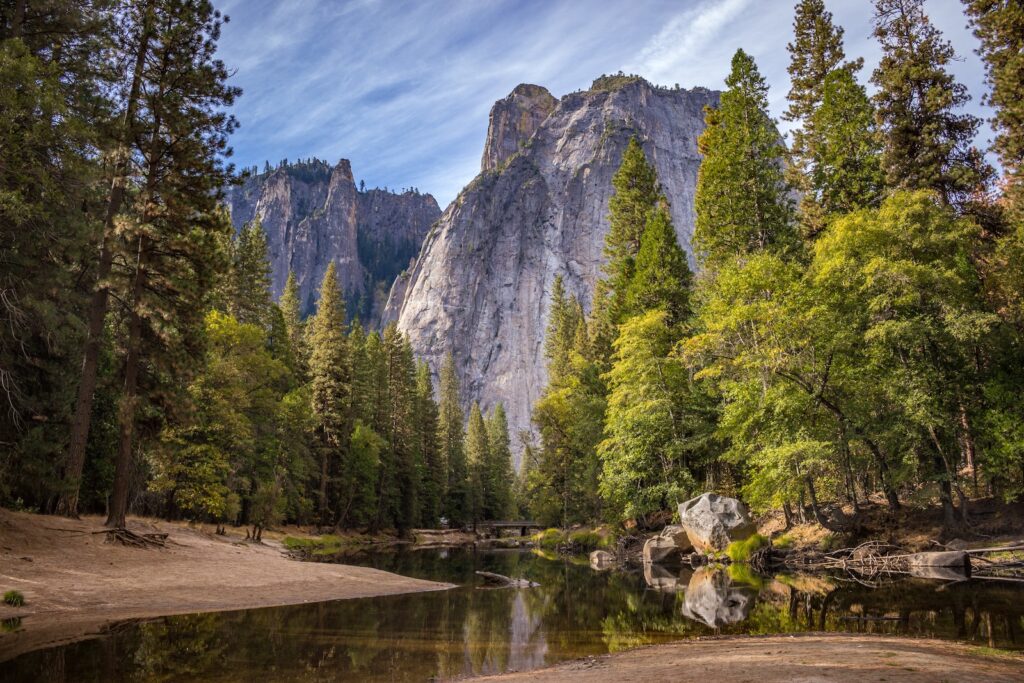
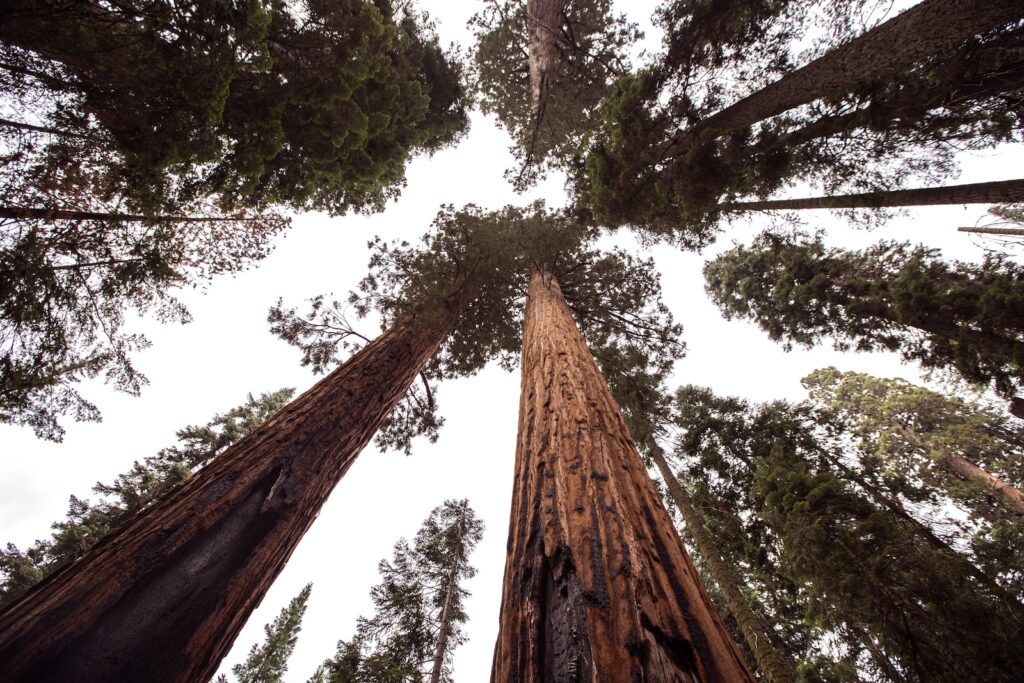
Sequoia National Park, located in the southern Sierra Nevada mountains of California, is a natural wonderland known for its towering giant sequoias. The park, established in 1890, encompasses over 400,000 acres of rugged terrain, majestic mountains, and verdant forests.
One of the highlights of the park is the Congress Trail, which is a relatively easy 2-mile loop trail that takes you through the heart of the Giant Forest, one of the premier sequoia groves in the park. As you walk among these giants, you will come across the famous General Sherman Tree, which holds the record for being the largest living tree by volume in the world. Walking the Congress Trail feels like stepping back in time, as these ancient trees have been standing tall for thousands of years.
For those seeking a more challenging adventure, the Alta Peak Trail is a must. This 13.1-mile round-trip trail is strenuous but incredibly rewarding. As you ascend through subalpine forests and meadows, the trail eventually leads you to the summit of Alta Peak, which stands at over 11,000 feet. From the summit, hikers are treated to breathtaking panoramic views of the Great Western Divide and the High Sierra.
When it comes to camping, Sequoia National Park has some fantastic options. Lodgepole Campground is a popular choice due to its central location within the park. It is situated along the Marble Fork of the Kaweah River and is just a short shuttle ride or drive from the Giant Forest. It’s an ideal spot for families and offers amenities such as a market, laundry facilities, and ranger programs.
Another excellent option for camping is Dorst Creek Campground. This campground is particularly well-suited for larger groups and is located in a serene forested area. From Dorst Creek, you have easy access to both the Giant Forest and the Grant Grove area. Campsites here are spacious, and the nighttime sky offers an incredible stargazing experience.
Mount Rainier National Park, Washington: An Iconic Mountain
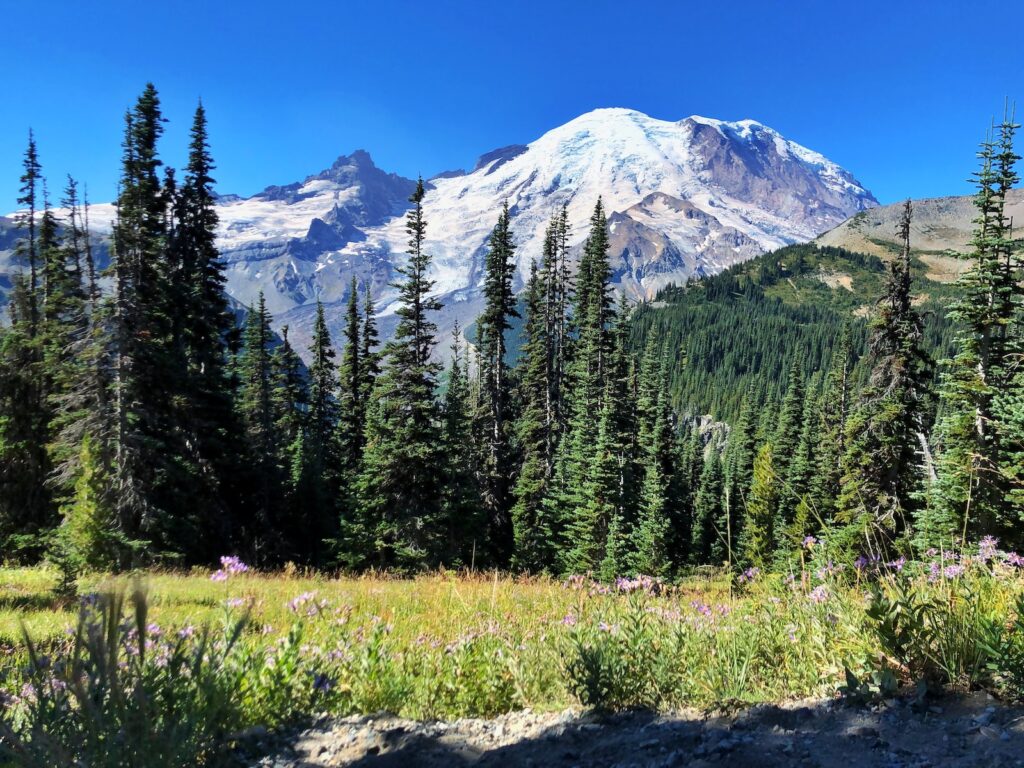
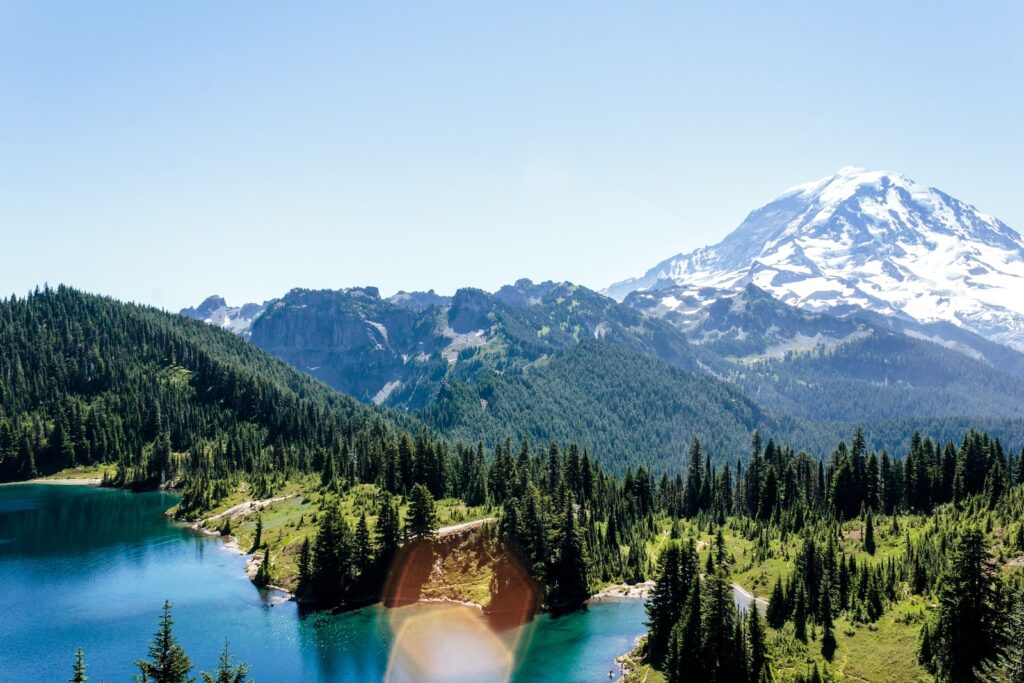
Last but not least, Mount Rainier National Park in Washington State is a treasure centered around Mount Rainier, an awe-inspiring active stratovolcano that dominates the landscape. This park is an outdoor enthusiast’s paradise, encompassing over 236,000 acres of diverse ecosystems and breathtaking scenery.
One of the most sought-after trails is the Skyline Trail, which is a 5.5-mile loop that starts from Paradise, Mount Rainier’s most famous area. This trail is renowned for its wildflower meadows, which burst into color in the summer. Along the way, hikers are treated to panoramic views of Mount Rainier and the surrounding peaks.
Another jewel of Mount Rainier National Park is the Summerland Trail, stretching for about 8.4 miles. This trail is a hiker’s dream, with its stunning vistas, alpine meadows, and the chance to spot wildlife such as marmots and elk. It’s a moderately strenuous hike, but the breathtaking views of the glaciers and the mountain itself make it worthwhile.
For those who love to camp under the stars, Cougar Rock Campground is an exceptional choice. It offers amazing views of Mount Rainier and is a great base for exploring the Paradise area. With over 170 sites, it’s perfect for both tents and RVs. The campground also features an amphitheater where ranger-led programs are often held.
If you prefer a more forested setting, Ohanapecosh Campground is a must-visit. Nestled amidst old-growth forest and located near the serene Ohanapecosh River, this campground feels like a different world. It has over 180 sites and is well-loved for its scenic beauty and the sense of tranquility it offers.
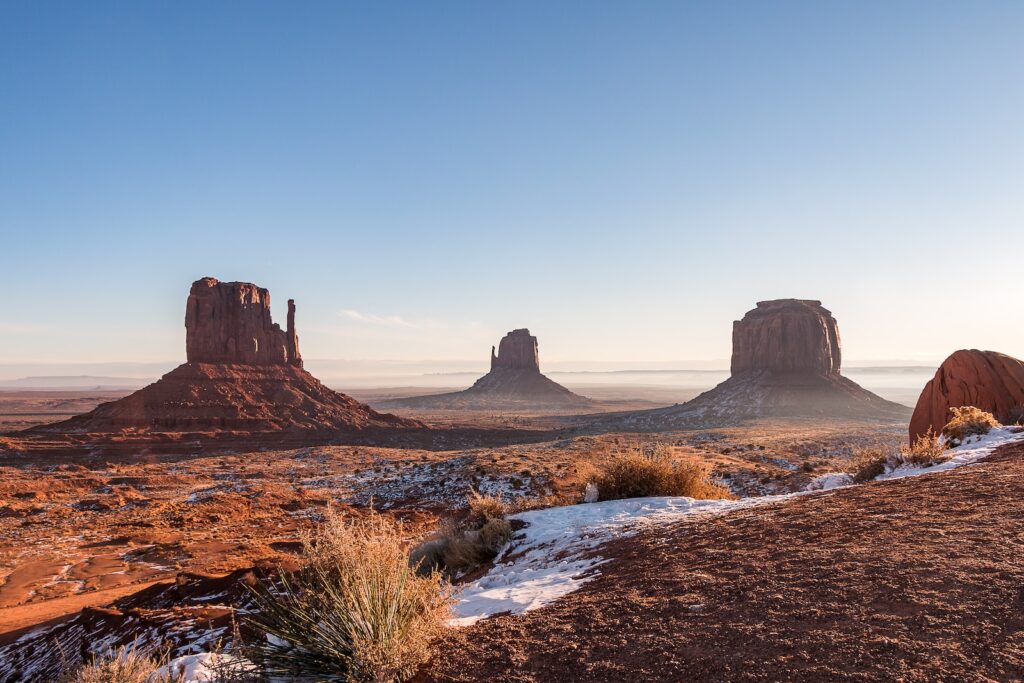
Conclusion – Top 10 National parks for Hiking and Camping
In conclusion, the United States is a treasure trove of natural wonders, and the top 10 national parks for hiking and camping that we’ve explored are just the tip of the iceberg. From the awe-inspiring Yosemite to the tranquil Great Smoky Mountains, each park offers a unique blend of beauty, adventure, and serenity. Whether you’re an avid hiker looking to conquer new trails, or a family seeking the perfect camping spot, these national parks have something for everyone. Remember to leave no trace and respect the wildlife as you embark on your outdoor adventures. So pack your bags, grab your hiking boots, and immerse yourself in the splendor of nature. The top 10 national parks for hiking and camping are calling your name; it’s time to answer the call of the wild!

